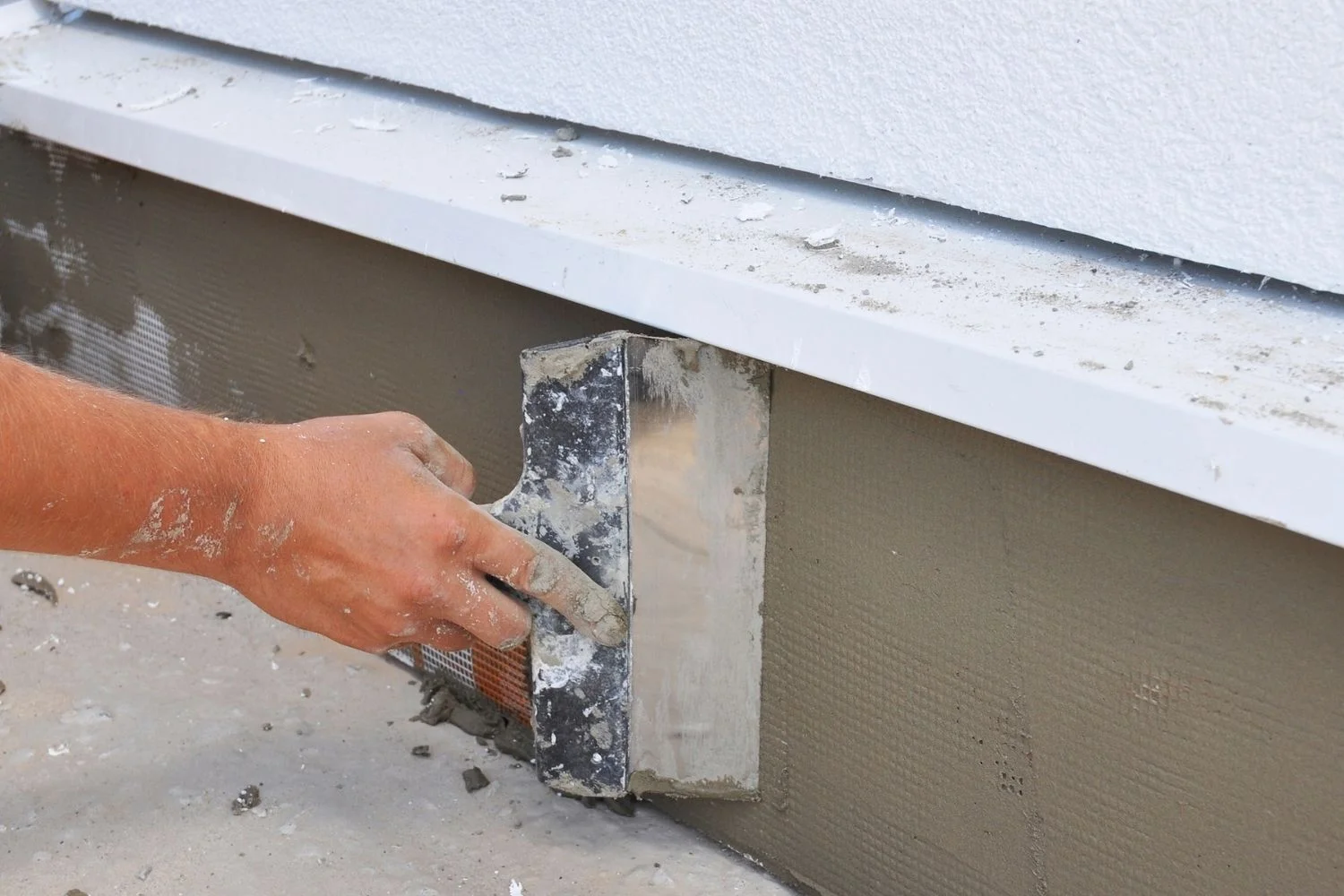To preserve terraced landscapes and steady yard slopes, retaining walls are essential. To guarantee that the wall will sustain the ground and its surroundings structurally as intended, retaining wall projects need to be carefully planned. Many elements need to be considered in the early planning stages, from evaluating the site’s features and drainage to choosing the right materials and designing for long-term integrity. This article examines important factors that homeowners should assess to ensure a safe and legal installation before starting a retaining wall project.
Determining the Purpose
Consider why a wall is needed. Is it for landscaping, adding square footage, or protecting against hillside erosion? Its purpose guides material selection and design requirements.
Evaluating the Site
Inspect the wall location carefully. Note the slope grade and any water drainage issues. Check for underground utilities that may impact the design. Soil testing helps determine appropriate wall depth and foundations.
Considering Aesthetics
Reflect on the wall’s look. Will it be visible or hidden? Match existing structures? Natural or modern materials suit different aesthetics. Design complements its surroundings.
Choosing Materials
Common options include concrete, wood, stone, block, and gabion. Each has advantages for strength, longevity, and appearance. Codes may require an engineer-approved material for tall walls.
Planning the Layout
Walls should follow land contours. Avoid sharp angles which increase pressure. Stepped designs stabilize very steep grades. Leave access for future maintenance and repair.
Factoring in Code Requirements
Regulations dictate safety setbacks, drainage, and structural strength. Permits may be needed for walls over a certain height. Engineers review complex designs ensuring code compliance.
Creating a Project Schedule
Allow adequate time for planning, materials ordering, construction, and landscaping. Schedule inspections as required. Weather and other jobs impact timelines requiring flexibility.
Obtaining Permits
Acquire necessary permits before starting. They protect public safety and neighboring property. Permits may require stamped engineering plans for approval depending on specifications.
Budgeting Time and Money
Get multiple quotes from experienced contractors. Consider material and equipment rental or purchase costs too. Unexpected site conditions can increase costs requiring contingencies.
Hiring a Professional
Licensed, bonded contractors understand proper construction techniques. Homeowners lacking skills risk safety issues and a poorly built wall. Warranties back guaranteed work.
Construction
Follow detailed plans building layers of wall. Add gravel drainage behind each for adequate drainage typically. Backfill compacted soil layers behind the wall securely usually.
Landscaping Integration
Install decorative landscape hardships, edging, and lighting in the front wall to add aesthetic appeal normally. Vegetate soil with drought hardy deep rooted plants occasionally.
Maintenance
Periodically inspect wall integrity. Clean drainage ways addresses allow freestone flow always. Repair cracks and failing drainage ensure proper upkeep preserving investment ultimately.
Managing the Project
Coordinate inspections, deliveries, schedules, and payment draw processes. Address issues promptly according to contract terms. Documentation protects homeowners and contractors.
Conclusion
To sum up, structural engineering requirements for retaining walls necessitate careful pre-project planning. Through a careful assessment of the site’s characteristics, drainage, design requirements, and local laws, homeowners may create a retaining wall project that is well-positioned for sustained success. Seeking advice from experts can help to confirm stability and determine whether any further support is required. Homeowners may easily create an aesthetically pleasing, completely code-compliant retaining wall to enhance and maintain their distinctive property with the correct planning that takes engineering and landscaping considerations into account wall project.






